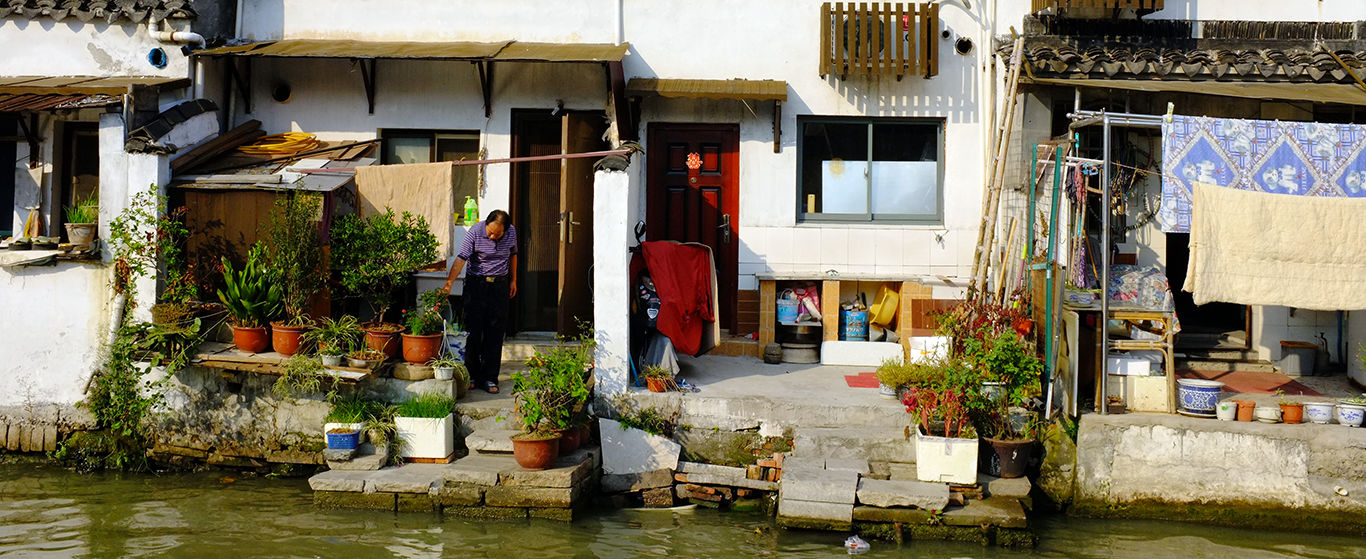Suzhou Urban Cultural Landscapes Guide
Suzhou, a city of about 12 million located approximately 100 km west of Shanghai in the Yangtze delta, brings together the very old and the very new. It was founded c. 514 BCE as a walled, gridded city, surrounded by a wide canal, and has been a major center of trade and culture since the tenth century. Its “double chessboard” plan, a grid of streets and canals, has led it to be called the “Venice of the East”. Suzhou is home to numerous UNESCO world heritage classical Chinese gardens, and its historic urban fabric is better preserved than in most Chinese cities because of the importance of heritage to Suzhou’s tourist economy. Simultaneously, Suzhou is one of China’s most prosperous manufacturing and foreign investment zones. The old city is flanked by two 21st century high-tech new towns, Suzhou Industrial Park and Suzhou New District. Suzhou thus includes sites that provide windows into a wide range of eras of Chinese cities, eras that can be seen layered together as palimpsests within the city.

The Suzhou Urban Cultural Landscapes Guide will explore the spaces and buildings of Suzhou in their cultural and historical context, focusing particularly on the everyday and the ordinary. It will connect spaces and buildings with themes that cut across multiple areas of the city, such as tourism and heritage, the informal economy, the sidewalk and alley as extensions of domestic space, spaces of production and selling, and public recreation. The study of urban cultural landscapes focuses on urban places as elements of culture that can be read to understand more about the people who created and live in them. The Guide will explore spaces that range from traditional vernacular urban spaces to spaces in rapidly expanding new towns to better understand the complexity of Suzhou and the ways that people live within it. It will marry typologies, sites, history, and themes in order to open up our understanding of the urban cultural landscapes of one particular Chinese city and by extension, Chinese urban cultural landscapes more broadly.

Professor Jessica Sewell began working on the guide as a teaching-focused app in collaboration with colleagues at Xi’an Jiaotong-Liverpool University in Suzhou. The web-based version will allow more in-depth and sustained engagement with specific places and themes. Moving from an app to a web-based guide will allow users to begin their engagement with a specific place, a type, or a theme, and move between these depending on their interests. A user might begin, for example, with the tourist shopping street Pingjiang Lu, and from there explore the typologies of pedestrian shopping streets, canal-side paths, and traditional Suzhou housing, or investigate the themes of heritage conservation, tourism, the meanings of water, and neighborhood gathering. Moving between traditional and modern spaces, users will see the persistence of daily practices and the continuities as well as the differences between the ancient and the hypermodern cultural landscapes.
